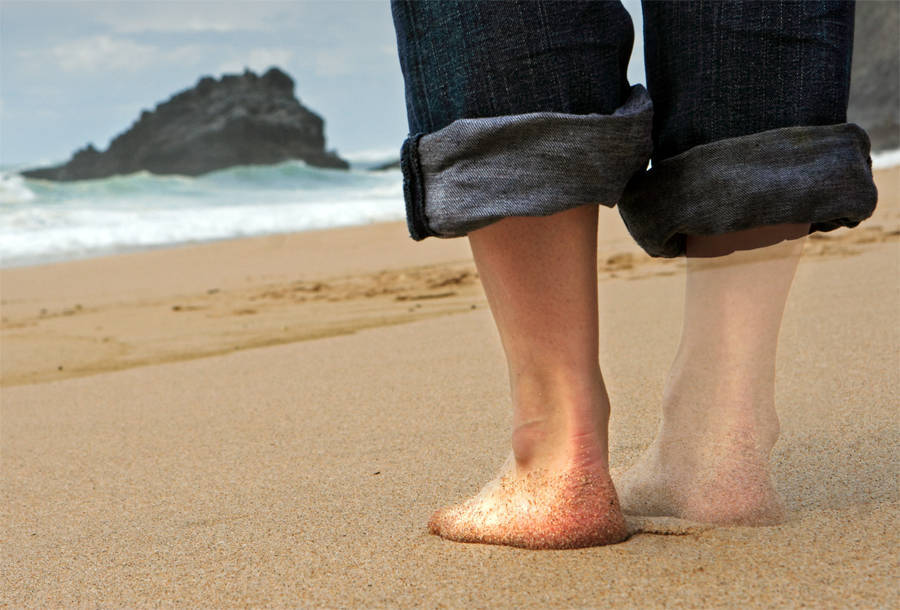The most well-known phenomenon occurring after amputation is considered the Phantom limb pain. This syndrome has largely remained a medical curiosity, baffling doctors, researchers and their apprentices. This is because it there existed no scientific explanation and thus effective treatments remained elusive. Only recently, centuries later, do we have a better understanding of Phantom Limb pain. It is only in recent years that we are gaining a clearer insight into this problem and how to manage it.
Phantom Limb pain happens often, up to 80% of amputees and at least 75% of patients who develop phantom pain do so within the first week after amputation.
Phantom pain can gradually decrease or go away completely, however it’s entirely possible that it can stick to you for life.
After going through several research articles, I’ve stumbled upon some risk factors for developing phantom pain. It doesn’t mean that having them will lead to phantom pain but means you are at increased risk.
Risk factors for developing phantom limb pain:
- Severe preoperative pain
- Bilateral amputation
- Stump pain
- Repeated limb surgeries
- Increasing age
I’ve experienced phantom pain immediately after surgery, feeling pain in my toes (now absent) that were numb for over 20 years. It was such an odd sensation, and it happens at very specific times. Whenever I urinate, I get a very sharp phantom pain which is very disconcerting since I have to pee so often! It also happens every day around 6pm.
I’ve done mirror therapy for the first two weeks after surgery that has helped, but I was advised to stop by my physiatrist as it won’t help anymore and could cause problems from now on.
Every day, I’m trying to figure out and share any techniques that can help decease the phantom pain.
